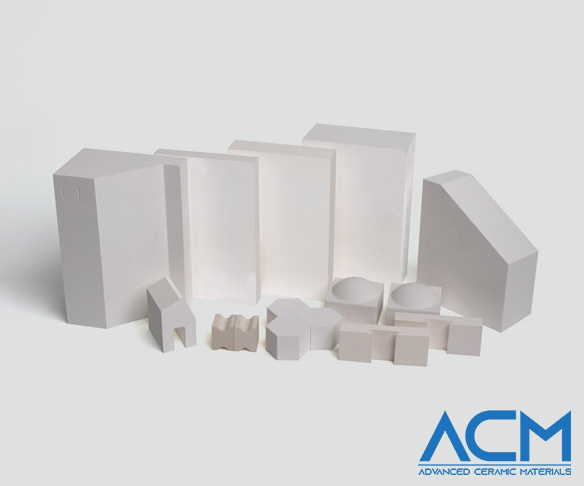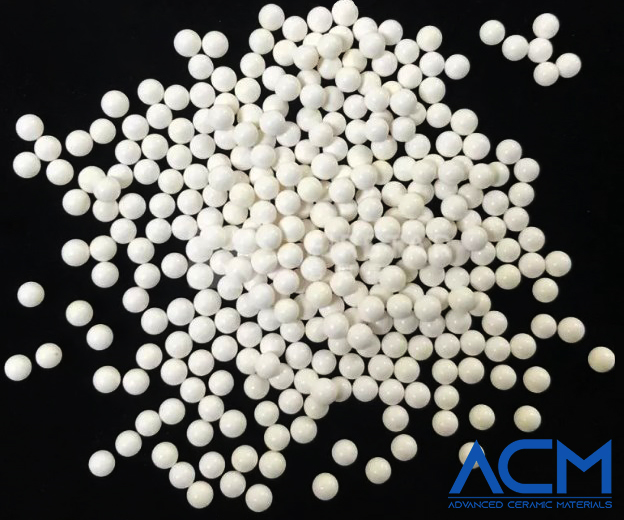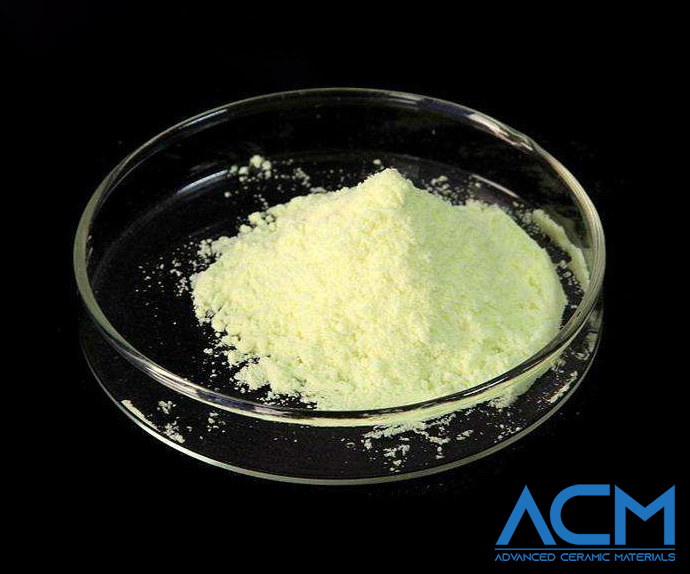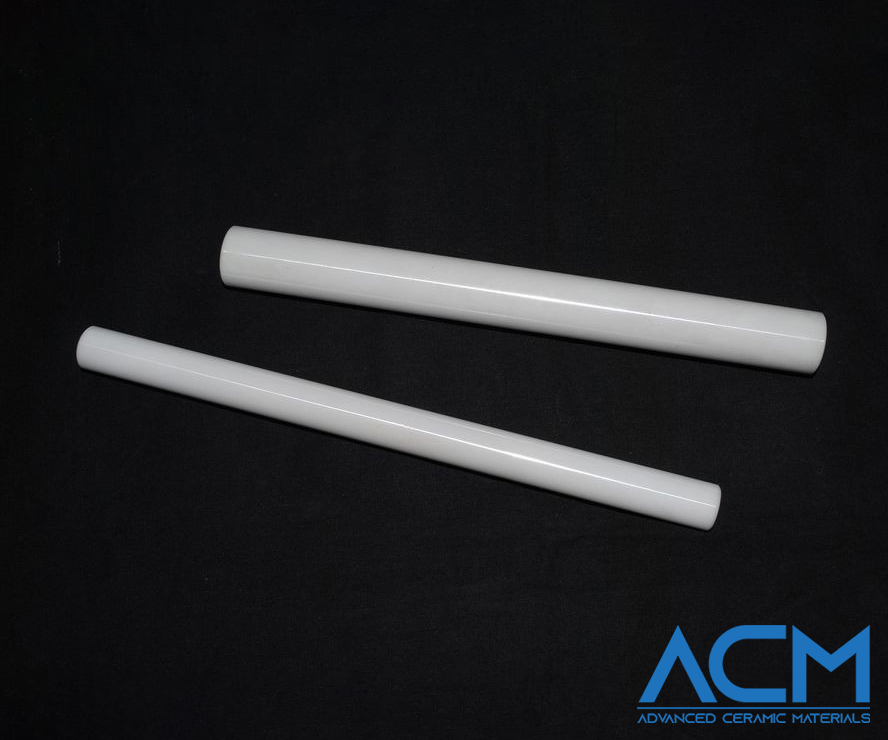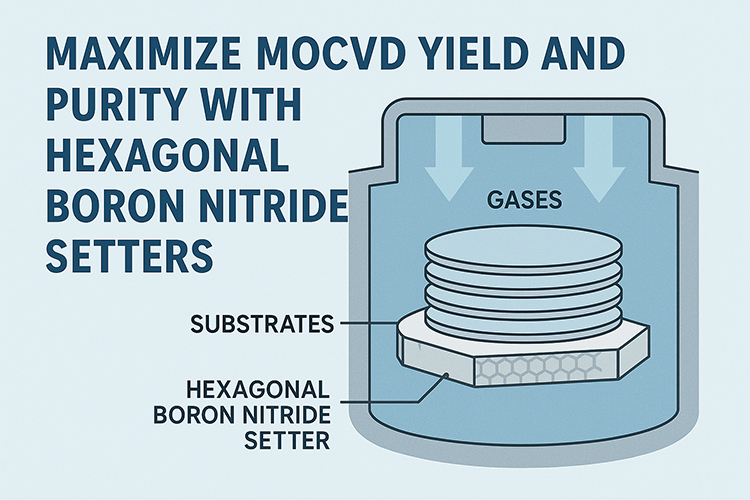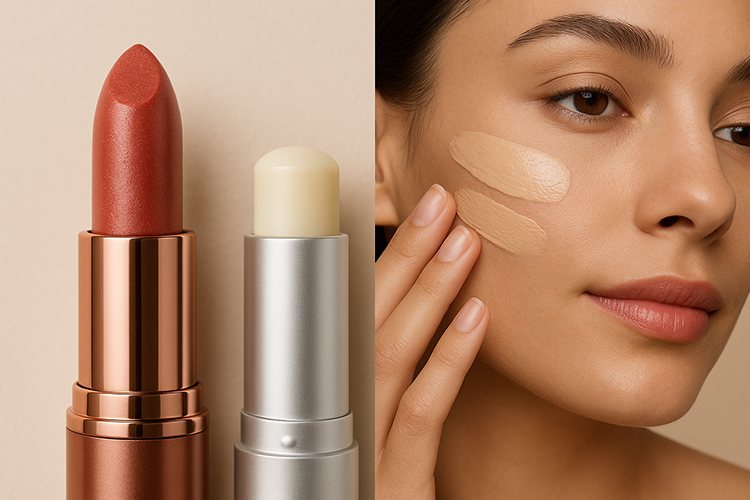Different Compositions of Zirconia and Their Pioneering Applications
Introduction
Zirconium dioxide, more commonly known as zirconia (ZrO2), plays a pivotal role in the realm of advanced ceramics, offering a blend of strength, durability, and versatility unmatched by many materials. Unique in its ability to be tailored for specific applications, zirconia's various compositions each bring distinct properties to the table, enabling innovations across a wide range of industries. From the cutting-edge technology in biomedical implants to the harsh environments of industrial machinery, the different zirconia formulations—Zirconia Toughened Alumina (ZTA), Yttria Partially Stabilized Zirconia (Y-TZP), Ceria Partially Stabilized Zirconia (Ce-TZP), and Magnesia Partially Stabilized Zirconia (Mg-PSZ)—offer solutions to some of today's most challenging material requirements.
QUICK GUIDE:
Zirconia Toughened Alumina (ZTA): The Composite Marvel
Zirconia Toughened Alumina (ZTA) represents a masterful blend of two of the most robust ceramic materials: zirconia and alumina. This composite marries the exceptional toughness and thermal stability of zirconia with the hardness and wear resistance of alumina, creating a ceramic material that outperforms its components. At the microscopic level, the zirconia particles within the alumina matrix act as barriers to crack propagation, significantly enhancing the material's toughness and resistance to mechanical failures.
In the world of wear-resistant applications, ZTA shines as a superior choice. Its application in cutting tools, for instance, showcases its ability to withstand the rigors of high-speed machining, offering longer tool life and reliability. Beyond industrial applications, ZTA's bioinertness and mechanical properties have also made it a candidate for biomedical implants, where its compatibility with human tissue can lead to longer-lasting and more reliable prosthetics.
As we look to the future, the potential applications for ZTA continue to expand. Ongoing research focuses on further enhancing its mechanical properties and exploring its use in even more demanding environments. From aerospace components facing extreme conditions to the next generation of biomedical implants designed for longevity, ZTA stands at the forefront of ceramic material innovation.
Yttria Partially Stabilized Zirconia (Y-TZP): The Strength and Beauty
Yttria Partially Stabilized Zirconia (Y-TZP) has emerged as a material of choice for applications demanding exceptional strength and fracture toughness. By stabilizing the tetragonal phase of zirconia with yttrium oxide (yttria), Y-TZP achieves remarkable mechanical properties, including a high resistance to crack growth and wear. This makes it ideal for high-stress applications where material failure is not an option.
One of the hallmark applications of Y-TZP is in the field of dentistry and orthopedics. Dental crowns and bridges made from Y-TZP not only offer superior strength and durability but also the ability to be color-matched to surrounding teeth, blending aesthetics with functionality. Similarly, in orthopedics, Y-TZP's use in hip and knee replacements highlights its wear resistance and biocompatibility, significantly improving the lifespan of these implants.
The versatility of Y-TZP extends beyond biomedical applications. In the aerospace industry, its properties are leveraged for components that must endure the high stresses and temperatures of flight without compromising safety or performance. The continued development of Y-TZP is focused on enhancing its already impressive properties and expanding its use to new areas where its combination of strength, toughness, and aesthetic appeal can solve complex material challenges.
Ceria Partially Stabilized Zirconia (Ce-TZP): The Tough Challenger
Ceria Partially Stabilized Zirconia (Ce-TZP) distinguishes itself through an exceptional combination of toughness and resistance to wear, attributable to ceria (CeO2) as a stabilizing agent. This composition effectively maintains the tetragonal phase of zirconia at room temperature, enhancing its ability to undergo transformation toughening. This process significantly improves the material's capacity to absorb energy and resist crack propagation, setting Ce-TZP apart in applications where mechanical robustness is critical.
The industrial landscape benefits greatly from Ce-TZP, especially in areas demanding extreme durability and resistance to wear. Its application in cutting tools, for example, showcases its capacity to endure the harsh conditions of metal machining, reducing wear and extending tool life. Additionally, Ce-TZP's stability and toughness make it an ideal candidate for components in harsh chemical environments, offering resistance to corrosion and degradation.
Emerging technologies, particularly in the field of clean energy, are beginning to tap into the unique properties of Ce-TZP. Solid oxide fuel cells (SOFCs), which convert chemical energy directly into electrical energy, benefit from Ce-TZP's ionic conductivity and structural stability at high temperatures. As research progresses, the potential for Ce-TZP to play a pivotal role in energy conversion and storage technologies continues to grow, underscoring its importance in the future of materials science.
Magnesia Partially Stabilized Zirconia (Mg-PSZ): The Workhorse of Zirconia Ceramics
Magnesia Partially Stabilized Zirconia (Mg-PSZ) is known for its unparalleled combination of strength, toughness, and resistance to thermal shock. The addition of magnesia (MgO) into zirconia results in a partially stabilized material that retains some of the best qualities of both the tetragonal and cubic phases of zirconia. This unique structure gives Mg-PSZ its legendary durability and makes it an ideal choice for a wide array of demanding applications.
In the realm of engineering, Mg-PSZ's impact is profound. Its use in components such as bearings, seals, and cutting tools illustrates its ability to withstand extreme wear and mechanical stress, significantly enhancing the longevity and reliability of machinery and equipment. Moreover, Mg-PSZ's resistance to thermal shock makes it suitable for use in environments subject to rapid temperature changes, such as in aerospace and automotive engine components.
Looking to the future, Mg-PSZ's role in advancing material science and engineering continues to evolve. Its potential for use in newer, more challenging applications, such as in the nuclear industry for fuel rod cladding or in space exploration as protective shielding, is being actively explored. The material's versatility and robustness open up new possibilities for innovation in areas where traditional materials fall short.
Comparative Analysis: ZTA, Y-TZP, Ce-TZP, and Mg-PSZ
When comparing ZTA, Y-TZP, Ce-TZP, and Mg-PSZ, it's clear that each material brings its unique strengths to the table, tailored for specific applications. ZTA offers an unmatched balance of toughness and wear resistance, making it ideal for use in environments where mechanical durability is paramount. Y-TZP, with its exceptional strength and aesthetic versatility, finds its niche in biomedical and high-precision applications. Ce-TZP stands out for its toughness and resistance to wear, suitable for harsh industrial applications and emerging energy technologies. Lastly, Mg-PSZ's unparalleled strength, toughness, and thermal shock resistance make it the material of choice for engineering applications requiring the utmost in durability and reliability.
Here is a material datasheet offered by Advanced Ceramic Materials (ACM), comparing these four compositions of zirconia ceramic.
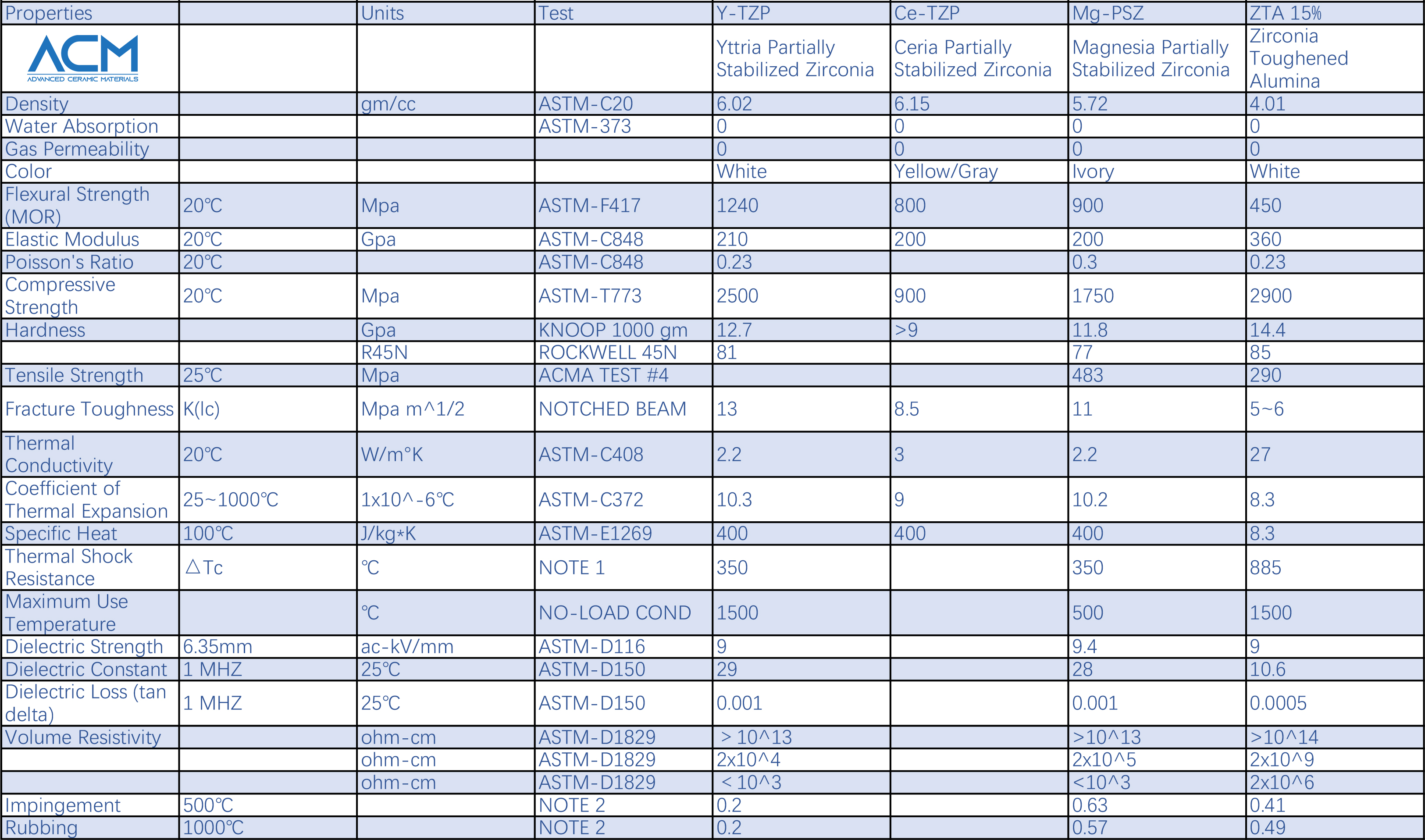
Conclusion
The exploration of different compositions of zirconia reveals a material of incredible versatility and potential. From the composite marvel of ZTA to the tough challenger Ce-TZP, each formulation of zirconia offers unique properties that enable advancements across a broad spectrum of industries. As we continue to push the boundaries of material science, the future of zirconia and its compositions is not just promising but integral to the next generation of technological and industrial innovations.
{{item.content}}
LEVE A REPLY
{{item.children[0].content}}
{{item.content}}
LEAVE A REPLY
SUBSCRIBE OUR NEWSLETTER
- Boron Nitride in Cosmetics: Enhancing Performance and Sensory Appeal
- Maximize MOCVD Yield and Purity with Hexagonal Boron Nitride Setters
- What Are the Advantages and Uses of Boron Nitride Ceramic Sheet?
- The Compression Annealing Advantage for Pyrolytic Boron Nitride
- Beyond Insulation: The Surprising Spectrum of Ceramic Thermal Conductivity









